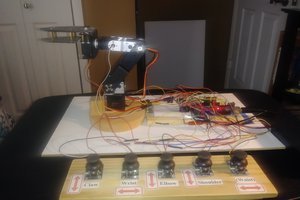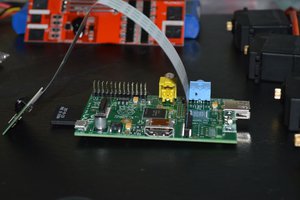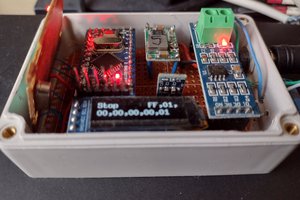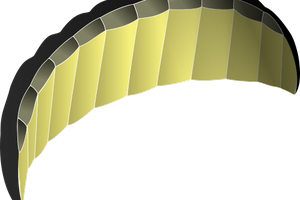Tiny Tank is a small, treaded vehicle, optimized for easy printing and extendability: you can easily design your own components to fit on the tank.
The Tiny Tank was developed as part of the Hackster.io 'Power without Boundaries' challenge (https://www.hackster.io/challenges/IDT-Power): a mounting bracket is provided to house the wireless receiver. A housing for the sender is also provided: so the tank can drive on the sender and charge itself.
Everything is fitted together with M3 bolts, which press fit into the openings. The treads are connected using iron wire, any type will do to make this work.
For control I use a Particle Photon, but you can swap this for your own micro controller.
The vehicle is powered by 2 9g Fitec continuous rotation servo's, a cheap and easy item to buy.
To build a tank you need:
- 2 x Side Beam
- 1 x LED Beam
- 1 x Servo Beam
- 4 x Wheel
- 2 x Static Axl Parts 1, 2 & 3
- 32 x Tread Element
- 18 x M3 bolts (10mm)
- 2 x M3 bolts (16mm)
- Iron wire
- Each of the IDT mounting parts for adding the IDT Wireless power
Furthermore I used:
- 1 x Particle Photon (buy at https://store.particle.io/)
- 3 x LEDs
- 1 x USB power bank
To control the tank, I use code on the Particle, in combination with a console application, written in .Net. The Photon connects to the .Net application using a socket and small commands are sent to control the servo's and LEDs. This requires a direct socket connection, so connecting to another network segment can require additional configuration.
The controls in the .Net application support an XBOX 360 controller, which allows for easy control of the vehicle.

 G. Rosa
G. Rosa
 8bithalfadder
8bithalfadder
 deoscode
deoscode